Dairy Cattle
All Dairy Cattle Content
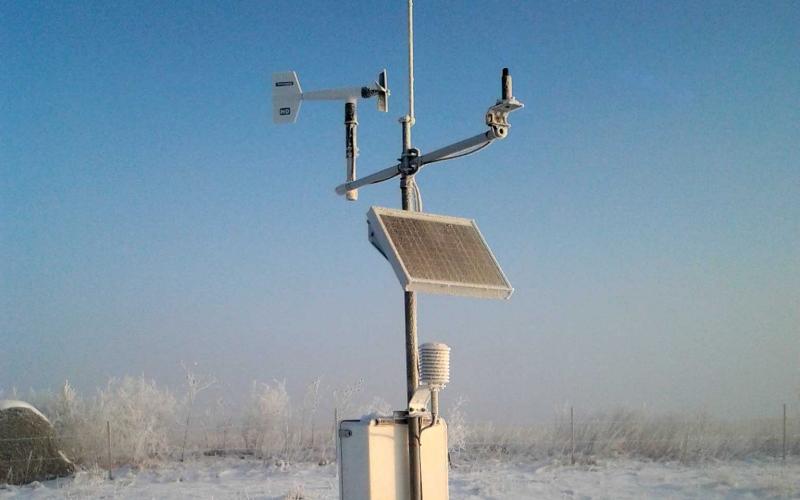
SDSU Extension and South Dakota Mesonet team up to release the Livestock Stress Tool
November 18, 2021
Weather conditions in the Northern Plains can present many challenges for livestock producers. Farmers and ranchers need to be prepared for rapidly changing conditions to provide the best care for their livestock and minimize their risk of losses.
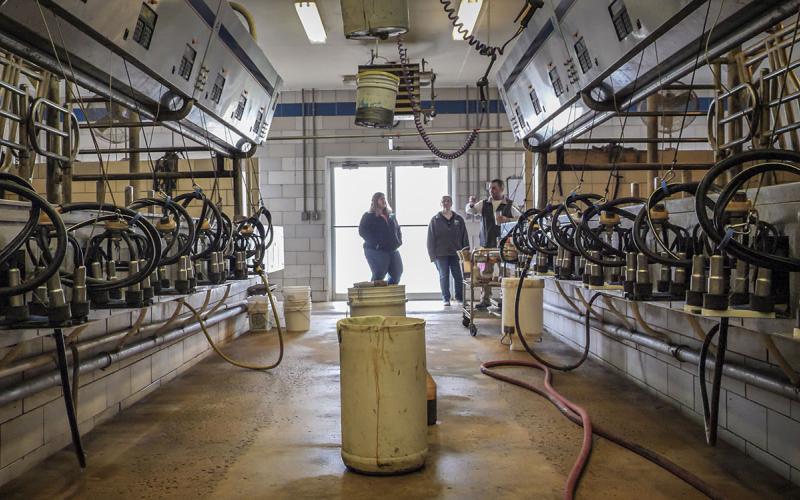
Factores que Afectan la Condición de la Piel del Pezón en el Invierno
Poco a poco y casi sin darnos cuenta, nos vamos adentrando en la estación más fría del año. Prepararnos para la llegada del invierno es importante para asegurar el bienestar animal.

Factors Affecting Teat Skin Condition in Winter
Even though cows are housed in many parts of the country, cold weather may play an important factor in udder health and milk quality.
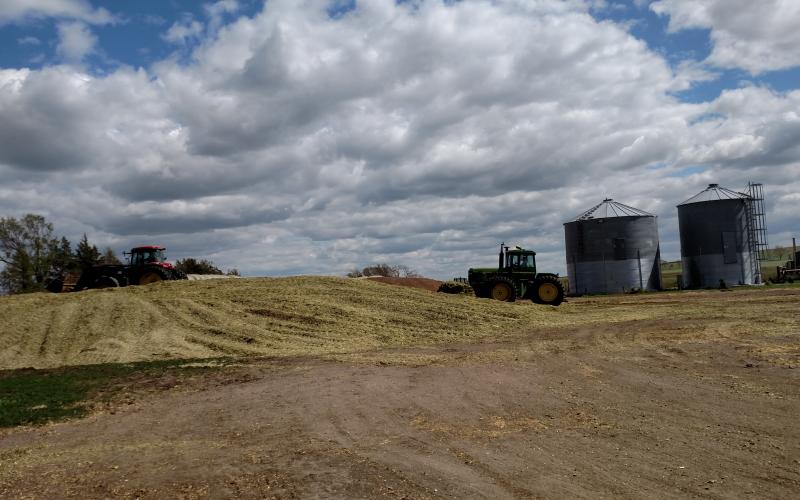
Silage Moisture Testing Tips
Two key points to keep in mind when making high-quality silage are moisture content before harvest and nutrient content before feeding.

SDSU Extension Dairy Field Specialist Tracey Erickson to Retire
October 15, 2021
After 31 years of providing education and service to South Dakota livestock producers, South Dakota State University Extension Dairy Field Specialist Tracey Erickson has announced her retirement. Her last day is June 21.
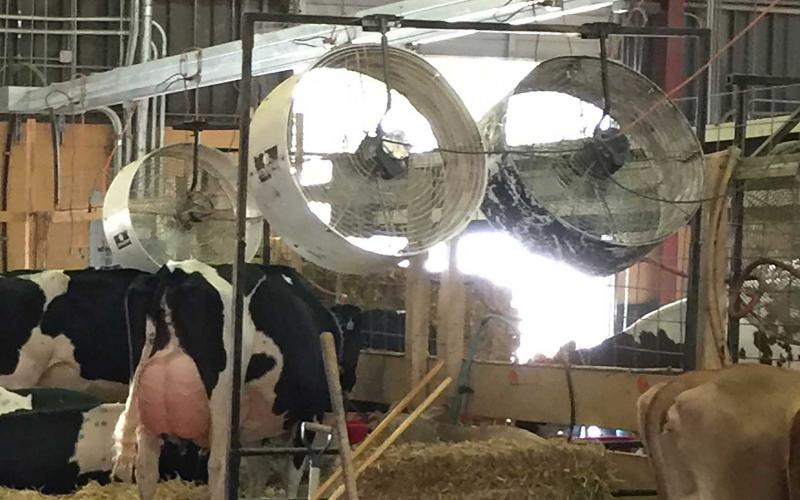
Combating Heat Stress in Lactating Dairy Cows
With summer temperatures and higher humidity levels upon us, dairy producers need enact their heat abatement strategies on farm for all livestock.
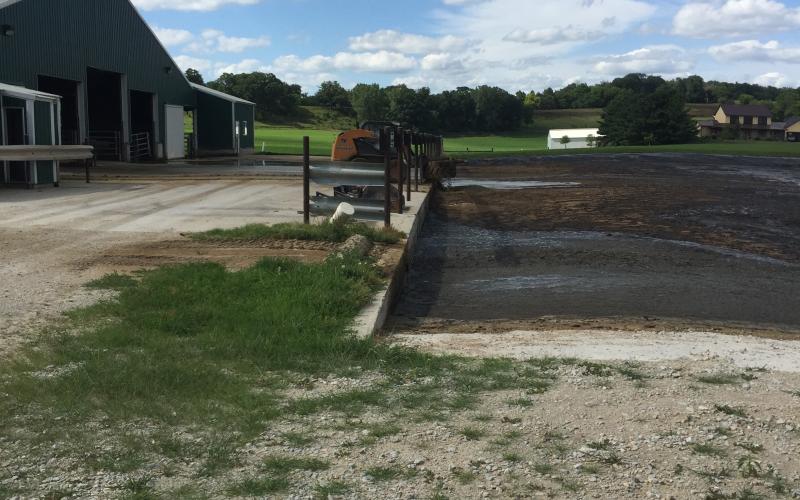
Putting Manure Handling Safety Into Practice
As livestock producers, we should know the dangers of manure pit gases. As safety equipment improves with advancements in technology, we must provide training on proper manure handling safety protocols and the use of equipment.
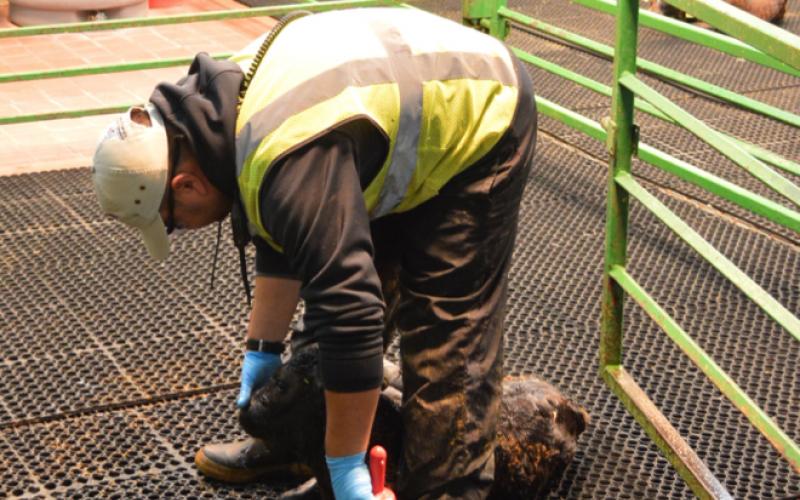
Dressing for the Job on Dairies Year-Round
We often check the weather before heading out the door and decide if we need a coat or not. But is the clothing we are wearing protecting us or could it add increased risk as we perform our job? A good share of producers on dairy farms, are now providing their employees with some type of uniform or clothing stipend.
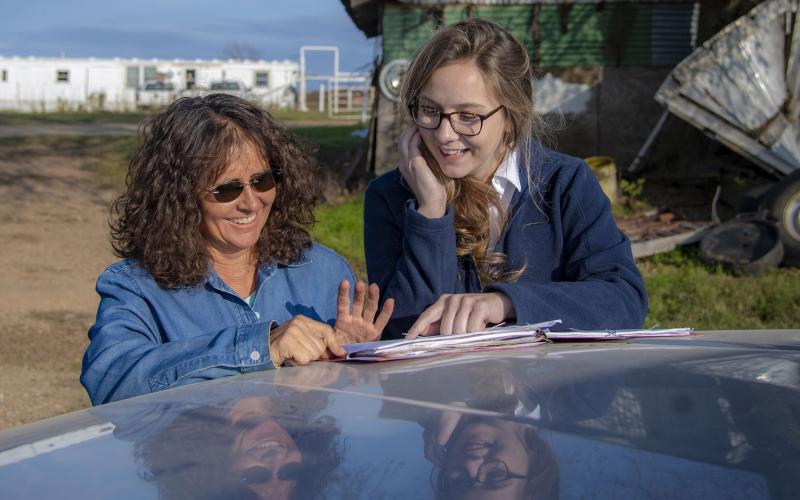
Providing Feedback to Employees
Positive feedback can be motivating. It gives the employee a sense of accomplishment, achievement, recognition, and a sense of importance to the business.
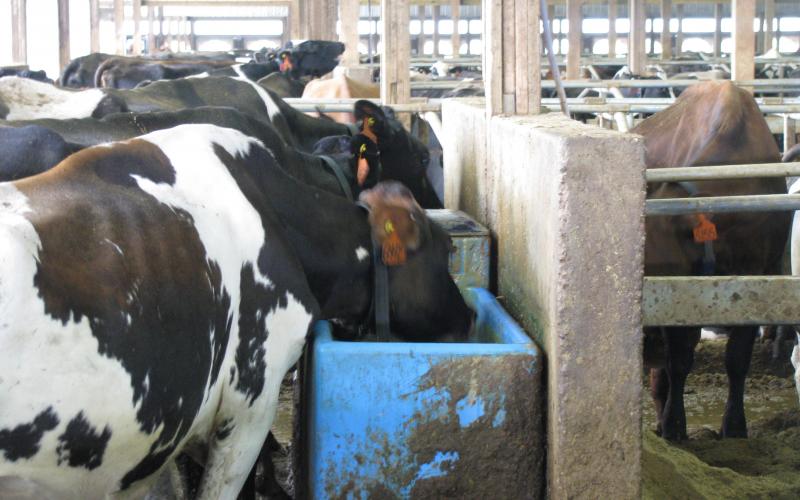
Water Importance in Lactating Dairy Cows
When considering the importance of water in lactating cow diets, we need to remember that milk is 87 percent water, and its consumption is directly correlated with milk production and feed intake. Water also makes up anywhere from 55 percent to 70 percent of the body weight of a lactating dairy cow, depending upon the phase of the lactation cycle.